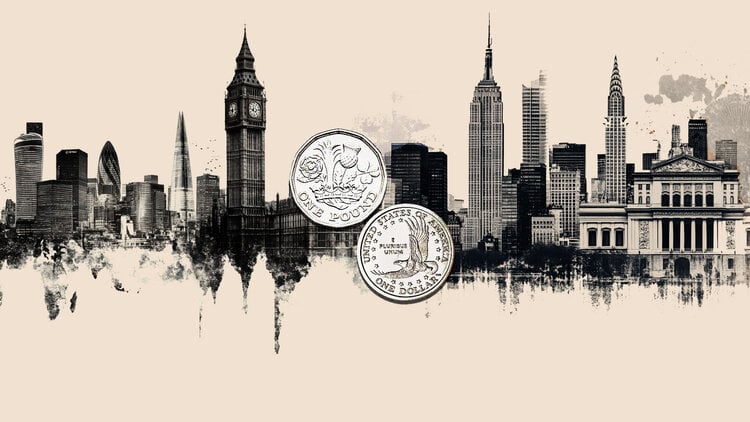In the area of the COP26 negotiations on the reduction of polluting gas emissions by the major global powers, the contrast between these countries and the nations that are at the bottom of the list of smallest emitters in the world is great.
Most of the cleanest nations in the world are islands located in Oceania, a country that brings together a large number of small nations of the type.
Disregarding the islands, most of the countries that emit less CO2 are found in Africa, according to the Global Carbon Atlas survey with updated data until 2020. However, the nation with the least emissions among them is in Europe.
These countries are definitely not singled out as causing the problem of climate change, but some of them may, according to the summit’s most ambitious plans, benefit from financial compensation given by the biggest polluters in history.
In Africa, some have known histories of major humanitarian and political conflicts such as Somalia and the Central Republic of Africa. On the other hand, there are also African nations with relevant port roles in their regions, such as Djibouti and Eritrea.
According to the survey, there is only one American country among the ten least polluting countries in the world: Belize, a Central American nation that, as it is bathed by Caribbean waters, also has a strong tourist attraction.
The title of least pollutant among non-island countries, in turn, is with Liechtenstein, considered a border “microstate” between Austria and Switzerland. The country is controlled by one of the richest princes in the world, Hans-Adam II, who also controls a bank in the tiny nation of 37,000 people.
Emissions of the lowest CO2 emissions (annual)
10. Eritrea: 0.7 megatons of CO2
9. Burundi: 0.6 megatons of CO2
8. Belize: 0.6 megatons of CO2
7. Somalia: 0.6 megatons of CO2
6. Gambia: 0.5 megatons of CO2
5. Andorra: 0.5 megatons of CO2
4. Djibouti: 0.4 megaton of CO2
3. Guinea-Bissau: 0.3 megaton of CO2
2. Central Republic of Africa: 0.2 megatons of CO2
1. Liechtenstein: 0.1 megatonelada de CO2
UN warns of lack of funding for climate adaptation
In addition to pledging to limit global warming, in the 2015 Paris Agreement, rich country governments reaffirmed their commitment to contribute $100 billion a year to the poorest nations so they can decline fossil fuel use and become adapt to disasters caused by climate change.
This is because developing nations, especially those in the global south, are more likely to suffer the worst effects of the climate crisis, despite contributing little to global greenhouse gas emissions.
However, the gap between the impacts of the climate crisis and global adaptation efforts is widening, according to a new report by the United Nations Environment Program (UNEP).
The annual report on the “adaptation gap”, released on Thursday (4) on the sidelines of the COP26 summit on climate change in Glasgow, found that the estimated costs of adaptation to the worst effects of rising temperatures in low-income countries – such as droughts, floods and rising sea levels – are five to ten times the amount of money currently circulating in these regions.
Until the end of COP26, the debate on consolidating the fund should continue as one of the main ones at the climate summit. follow the latest COP26 news on CNN.
*With information from CNN
Reference: CNN Brasil
I’m James Harper, a highly experienced and accomplished news writer for World Stock Market. I have been writing in the Politics section of the website for over five years, providing readers with up-to-date and insightful information about current events in politics. My work is widely read and respected by many industry professionals as well as laymen.







